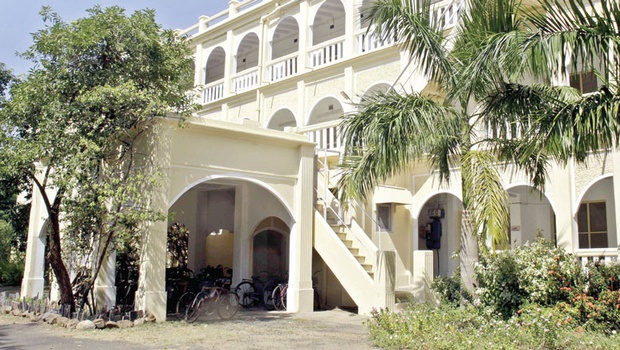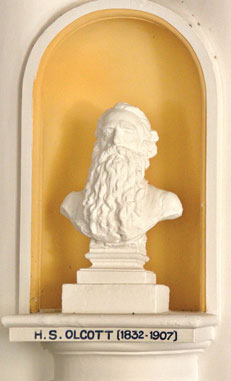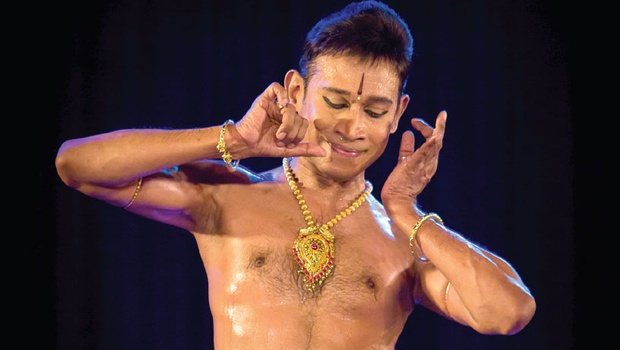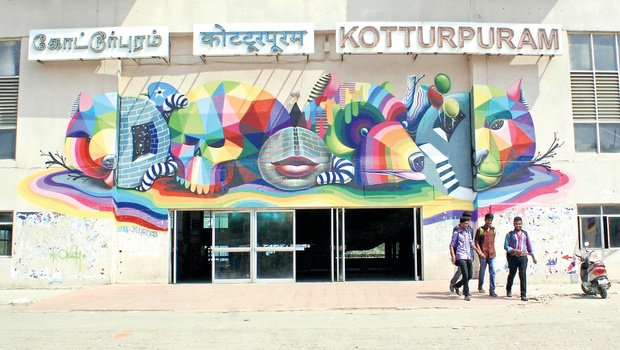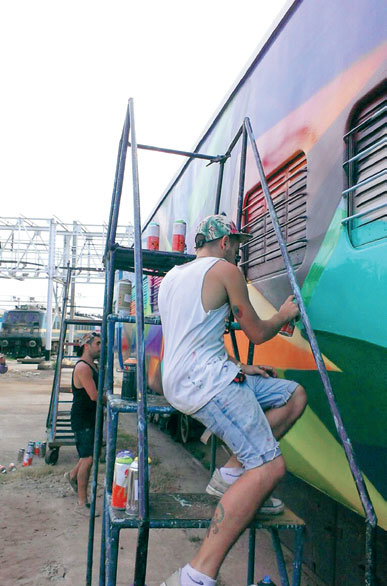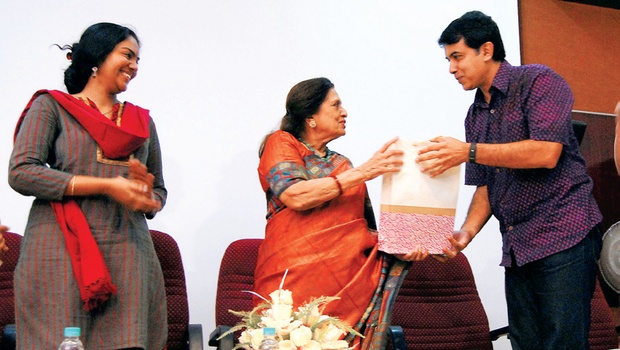Chennai :
‘Enchanting Tamil Nadu’ is giving a leg up to tourist arrivals in ‘Incredible India’. Chennai airport has emerged as the third most preferred gateway for foreigners arriving in the country.
What’s heartening is that these people don’t just get their first glimpse of Indian soil in the city and fly off to another place. “The transit traffic is almost negligible on international flights in Chennai. Barely 1-2 per cent of the people have connecting flights through a city like Chennai. If they come, they’re here to be tourists,” said an immigration official. Even domestic transfers are limited when it comes to foreign tourists, he added.
In a trend that has held steady through the last two years, with Chennai having seen between 7.5 and 8 per cent of total tourist traffic, January 2015 has witnessed a slight jump with 8.39% of foreign visitors using the city as a gateway to India. The only other entry points that saw higher foreign tourist entry are Delhi with 28.72% and Mumbai with 21.87%. The numbers also indicated that the country that has been sending the highest number of their citizens our way is the US, followed by the UK and Bangladesh.
In numbers revealed by the Tourism Ministry, it is evident that Tamil Nadu’s tourism plan is enchanting enough to draw a fair share of independent interest, besides the larger tour options that foreigners undertake. Through 2014, the number of Foreign Travel Arrivals (FTAs) logged by Immigration sat at a considerable 74.62 lakh visitors. “Remember, these are only people who apply for tourist visas. Medical and business visas are separate, so it’s evident that every year people are coming to explore our country as a tourist destination,” said J Kishore, a travel agent. He added that most of the bookings were done through international travel networks online.
source: http://www.newindianexpress.com / The New Indian Express / Home> Cities> Chennai / by Express News Service / February 11th, 2015
